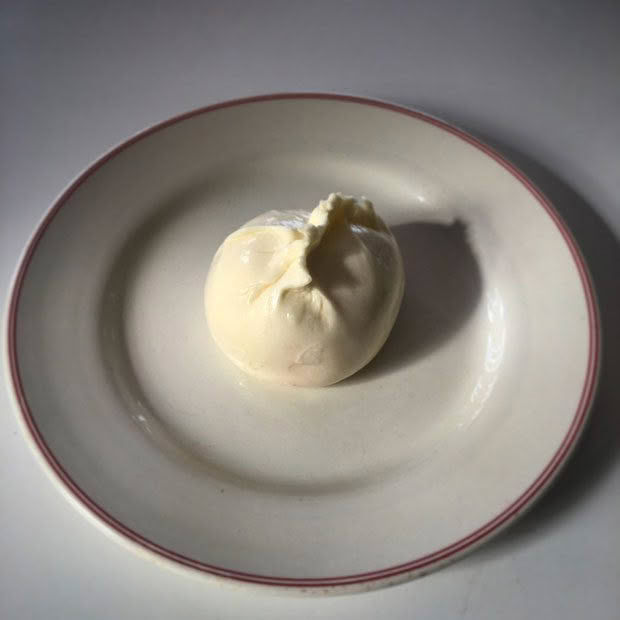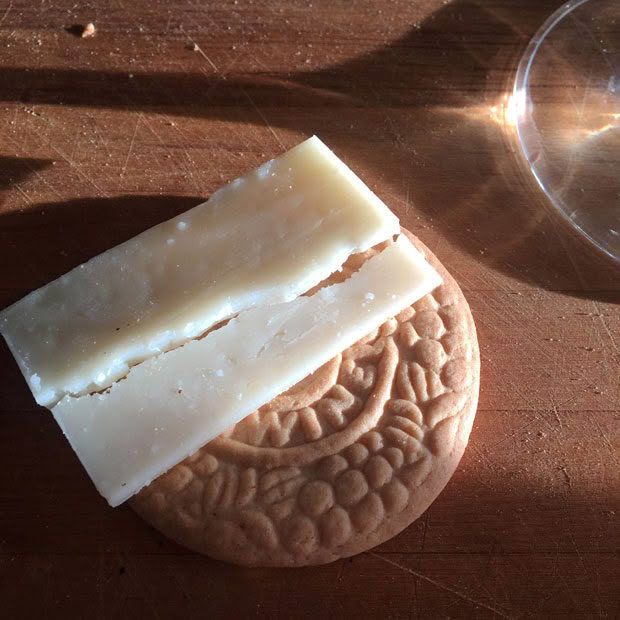Lucy Corry’s Blog: How to eat cheese
Say cheese to springtime nibbles and grab the golden chance to grate your own, says Lucy Corry.
There’s much to love about spring: daylight saving, frolicking lambs, blossoming trees and lots of lovely cheese. October is New Zealand Cheese Month, timed to coincide with the re-emergence of the lush green grass that helps produce the fabulous dairy, goat and sheep milk necessary for our burgeoning local artisan cheese industry.
We are a cheese-powered household (I’m writing this eating a chunk of umami-rich vintage cheddar balanced on a sweet wine biscuit) so I feel extremely well-placed to share some tips to make the most of the month.
BROADEN YOUR HORIZONS
French president Charles de Gaulle famously bemoaned the problems of governing a country “with more than 246 different kinds of cheese” but to me, that sounds like a golden opportunity.
Cheese experts estimate there are around 1800 varieties worldwide; so there’s definitely a cheese out there for everyone’s tastes.

Those of timid palate can take heart – you don’t have to go from zero (mild supermarket cheddar) to 60 (extremely funky aged blue goat’s cheese) in one bite.
Start your cheese journey in a place where you feel comfortable and gently branch out from there. If the smell of strong cheese gets to you, try pinching your nose when you sample it. Often those barnyardy, ammonia-rich aromas that are such an olfactory assault disappear on the palate.
Leave your preconceptions at the fridge door and open your senses to the myriad wonders of different milks, different textures and different flavours.
EAT LOCAL
Believe me, I know there’s nothing like a properly oozy French Camembert, or a creamy, tangy Greek feta (especially eaten in a quaint village in Normandy, or sitting at a restaurant table on the street in Athens), but some New Zealand cheeses also deserve accolades.
New Zealand cheeses, like New Zealand wines, are representative of our specific geographical ‘terroir’. They make sense here. They taste best here. Eating them is more carbon-friendly and supports our local economy.

If you need external validation of your choices, rest assured that locally made cheeses regularly win at international awards and delight cheese experts.
Oamaru’s Whitestone Cheese sells its Vintage Windsor Blue in France, while Kapiti’s Kanuka Havarti was ranked third best Havarti in the world at the 2020 Wisconsin World Champions of Cheese Awards.
GRATE AND (SLIDE YOUR OWN)
I know, those bags of pre-grated cheese look so convenient in the supermarket, don’t they? And sometimes, they’re very useful (“needs must, when the Devil drives,” as my mother used to say). But if you can resist their siren call and grate your own, you’ll have a far better cheese experience.
You’ll also not be eating the ‘anti-caking agent’ used to stop the cheese from sticking together. Never, under any circumstances, buy pre-grated Parmesan: it tastes like the sweepings from a cheese factory floor. Avoid pre-sliced cheese too; it will have a sweaty sheen and if you’re lucky it will taste of the plastic it’s wrapped in.
EAT IT FOR (OR INSTEAD OF) PUDDING
If you have some beautiful cheese to eat, celebrate it. Do as the French do and have a separate cheese course (after the main, before pudding). Offer it with some good bread, or a few well-chosen crackers (not cheese-infused ones!) and take the time to properly savour it.

Presenting cheese as a pre-dinner snack is a bad idea because it will detract from whatever you’re serving next. If you’re more inclined to a sweet finish than a savoury one, make cheese part of the pudding. I’d happily eat baked cheesecake every day, or a delicate coeur a la creme (a mix of ricotta, cream cheese and cream).
STORE IT PROPERLY
Good cheese needs to be treated with respect. Once cut, most soft cheeses will start to deteriorate after a couple of days (my inner glutton says this is a good reason to eat as much as you can in one sitting).
Wrap them carefully in clean waxed or greaseproof paper and store in a lidded container in the fridge. Soft, oozy cheeses can be wrapped in foil. Don’t store different cheeses together unless you don’t mind one variety tainting another – a really pungent blue will overpower a delicate, milky Edam, for example.
To store feta once opened, make up some brine – stir 3 tsp salt into 500ml water – and pour this over the feta in a suitably sized plastic container with a lid. The feta should be immersed in the liquid.
MORE HERE

